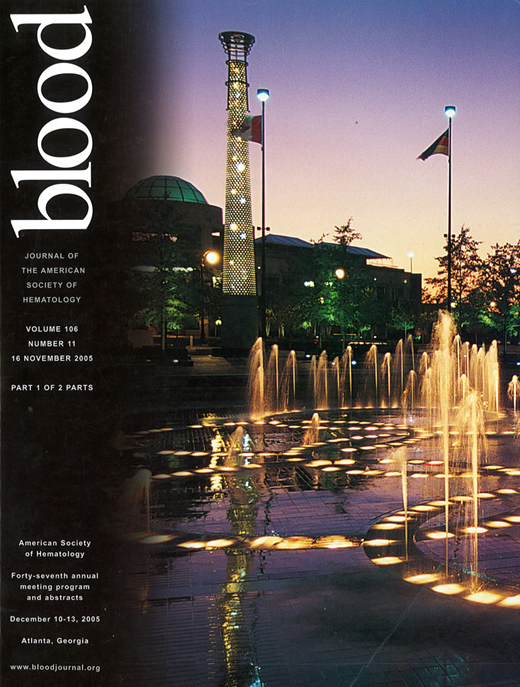Abstract
Expression of the transcriptional repressor BLIMP-1 is a pivotal event in the differentiation of post germinal centre B-cells to plasma cells. BLIMP-1 extinguishes the B-cell phenotype by down-regulation of PAX-5 with associated loss of BCL-6 and PU. and acting in concert with IRF-4 and XBP-1 induces the expression of the mature plasma cell phenotype. A key step in this process is the permanent exit of the differentiating plasma cell from the cell cycle which appears to be partly dependent on BLIMP-1 mediated repression of c-MYC. Reed Sternberg cells in Classical Hodgkin Lymphoma are known to be derived from post germinal centre B-cell which have undergone extinction of most elements of their B-cell phenotype but do not complete terminal differentiation to plasma cells. The primary aim of this study was to establish whether this loss of B-cell characteristics was mediated by BLIMP-1 and whether this was associated with exit from the cell cycle. 35 well characterised biopsies of nodular sclerosing Classical Hodgkin Lymphoma were studied using an extensive panel of B-cell and cell cycle markers. BLIMP-1 was identified using a BLIMP-1 alpha specific polyclonal antibody raised against the BLIMP-1 amino terminus which was validated by Western Blotting and immunocytochemical reactivity with normal plasma cells and squamous epithelia. All of the Reed Sternberg cells in all of the cases studied had the immunophenotype CD30+, IRF-4+, PU.1-. 15% cases showed PAX-5 a proportion of tumour cells and CD20 and or CD79 were found in 6% of cases. In 21% cases there was either nuclear or cytoplasmic expression of C/EBP alpha. All Reed Sternberg cells expressed Ki67 and around 50% of cells in all of the cases expressed the G2/M phase marker geminin with p53 and p21 uniformly expressed in the tumour cells. In contrast to the patterns seen in normal B-cell differentiation there was no evidence of BLIMP-1 or XBP-1 expression in any of the cases studied. To further clarify the reason for cell cycle arrest, interphase FISH using a panel of centromeric probes was performed on imprints preparations of lymph nodes replaced by Hodgkin lymphoma. This showed asymmetrical chromosome separation between the nuclear lobes of individual Reed Sternberg cells and heterogeneity of chromosome content within the mononuclear tumour cell fraction. These results indicate that extinction of the B-cell phenotype in Reed Sternberg cell is not dependent on the induction of BLIMP-1expression and that unlike B-cells undergoing differentiation to plasma cells most Reed Sternberg cells undergo cell cycle arrest mediated by normal p53 expression rather than permanently exiting from the cell cycle. Cell cycle arrest is likely to be related to asymmetrical chromosomal segregation within the tumour cell population. Previous experimental studies have shown that plasma cells differentiation is blocked in cells that are continuing to cycle. The results of this study raise the possibility that cell cycle arrest due to abberrant mitosis may be a key factor in determing the distinctive phenotype of Reed Sternberg cells through a mechansim that is independent of BLIMP-1 activation.
Author notes
Corresponding author

